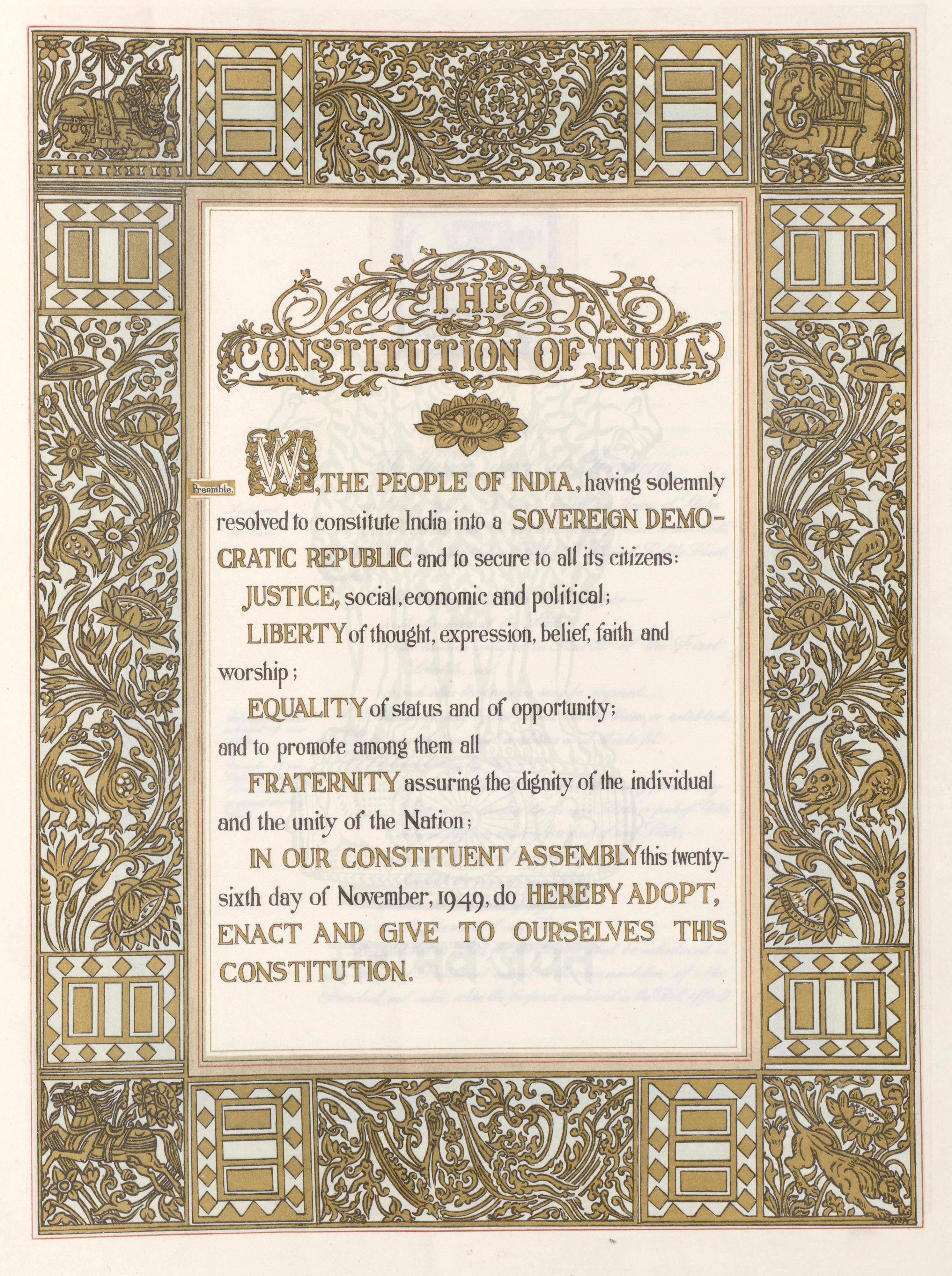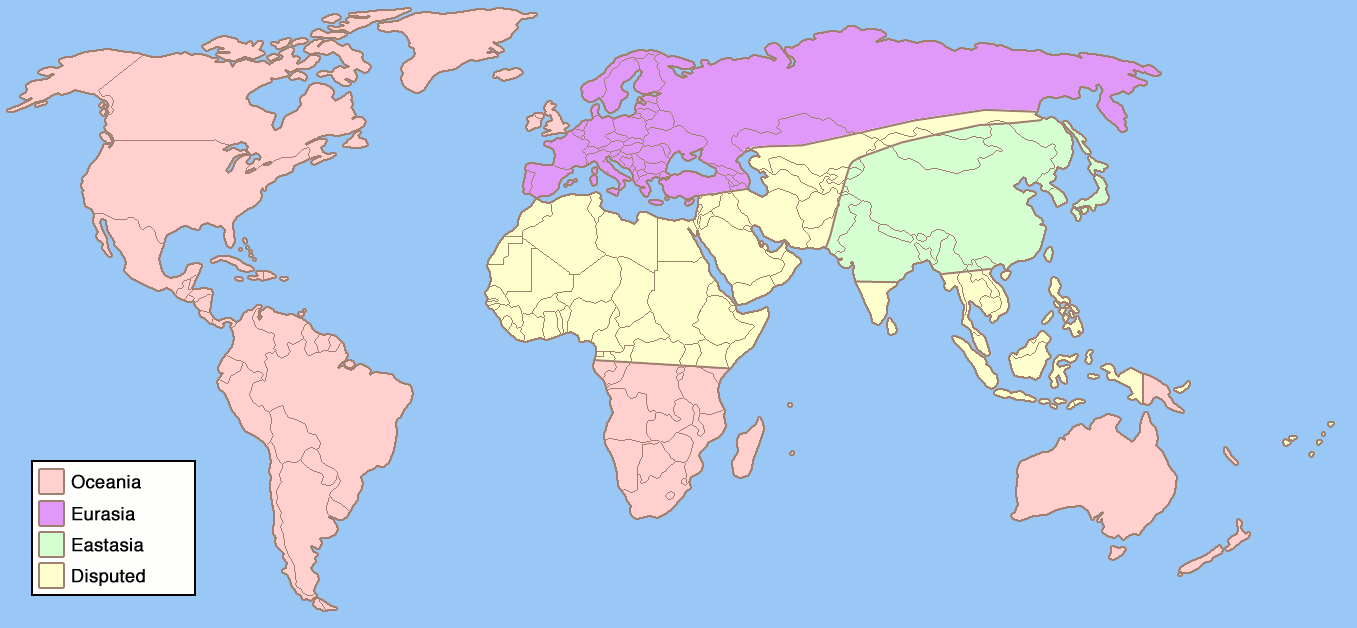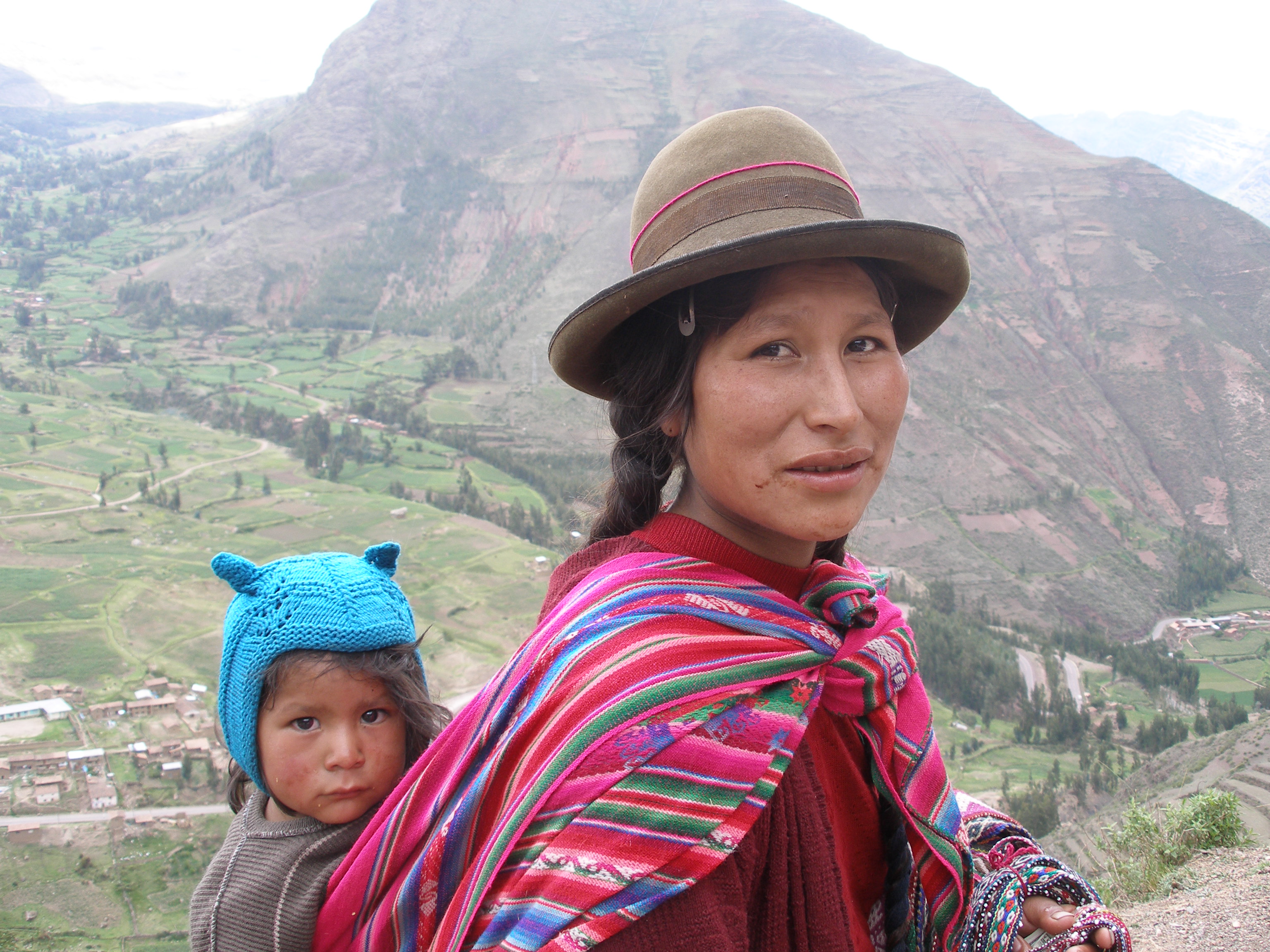"Multilingual education in India: tasks and challenges" was the (online) talk I gave on 22 August at the London Esperanto Club (
in Esperanto). Some 60 Esperantists from around the world logged in. The 30-minute talk followed by an hour's conversation with the audience is available
here on YouTube. Do listen to some of it if you want to hear Esperanto spoken more or less as an everyday (second) language! :-) Absorbing as the discussion was, in this post, already too long, I will limit myself to a report on my talk.
The talk began by setting the context of Azim Premji University's social purpose and engagement with school education in India. We then launched into the National Education Policy 2020 (NEP 2020 [PDF]) -- more precisely, to this recommendation:
Wherever possible, the medium of instruction until at least Grade 5, but preferably till Grade 8 and beyond, will be the home language / mother-tongue / local language. Thereafter, the home / local language shall continue to be taught as a language wherever possible. This will be followed by both public and private schools. (Para 4.9, p. 12)
However, before looking at the recommendation more closely, I said that the urgent task at hand during the pandemic was to reopen schools. This has to be done safely. Governments and NGOs like Azim Premji Foundation are putting together guidelines and resources for this. The educational needs of the most vulnerable learners -- Dalits and Adivasis; the nutritional needs of growing children being met through the mid-day meal scheme; the rising incidence of child labour; and especially for girls, early marriages -- these are all aspects of that urgency. The longer the school remains closed, the greater the number of children who will never return to school.
We then came back to the mother-tongue education recommendation in NEP 2020. We noted the difficulty of specifying the mother tongue. Bhojpuri is a case in point. Although it has 51 million native speakers, it is listed (PDF) in the Indian census 2011 as one of the 56 "mother tongues" under Hindi -- as part of the "Hindi belt". Thus, if a Bhojpuri child is being taught in Hindi, it is misleading to claim that the child is being educated in their mother tongue. In operationalizing the policy, the compound "home language / mother-tongue / local language" will need a more nuanced approach.
A second difficulty with the NEP 2020 recommendation is the last sentence in the part cited above: "This will be followed by both public [that is, free] and private [fee-paying] schools." Now, the profit-model of private schools in India crucially depends on English-medium teaching: it is their USP! No wonder, then, that this recommendation has come in for some severe criticism from this vocal and influential lobby. See some of the links in the initial part of this sensible article by Shoaib Daniyal, "Why is India obsessed with English-medium education -- when it goes against scientific consensus?" How policymakers will get this lobby to the table remains to be seen. There may be possibilities in the promise of bilingual education that is mentioned later in the talk.
Fortunately for the private-school lobby, NEP 2020 itself provides several "escape routes"! In the passage cited above, "wherever possible" occurs twice; the 60-page document offers many such "opt-outs, modifications, alternatives, claw-backs" -- as Tove Skutnabb-Kangas has called them. Instead of framing the issue as a matter of linguistic rights, the document presents it as a desirable. Thereby, those reluctant to implement the recommendations will find it easy to not act.
A third battle front for the NEP 2020 recommendation is the fact that in several states the public school system itself is switching to English as medium of instruction! Karnataka has identified a thousand government schools where English-medium education is being given. Neighbouring Telangana is currently training nearly 2000 elementary school teachers to teach in English. These states have adopted English in order to counter the "outflow" of children from regional-language medium government schools to English-medium private schools.
It is too early to say whether the project has worked, but now that government schools themselves are offering English-medium education, parents have started to pull their children out of private schools, and admit them into public schools. The current pandemic, in which millions have lost their livelihoods, has made this option even more attractive. To that extent, one might say that the project is successful.
As I noted in the talk, this third difficulty has shown up a certain incoherence between the NEP 2020 recommendation and the state governments' language policies. This has begun to be noticed elsewhere too as the title of
this article indicates: "Will the NEP Throw a Spanner in Jagan Reddy's Plans for English-Medium Education?" What then might be the way forward?
One possible solution seems to be to develop various models of bilingual education. By this, NEP 2020 means English and a regional language. The document mentions bilingual education at several places. For example here:
Students whose medium of instruction is the local / home language will begin to learn science and mathematics bilingually in Grade 6 so that by the end of Grade 9 they can speak about science and other subjects both in their home language and English. In this regard, all efforts will be made in preparing high-quality bilingual textbooks and teaching-learning materials. (Para 4.12, p. 12-13)
If that is indeed the aim, then the extensive English-training programmes that some states are currently undertaking can be seen as preparatory capacity-building for a transition to bilingual education. As the document notes, a great deal of material will need to be developed. In fact, NEP 2020 recommends the setting up of an "Indian Institute of Translation and Interpretation" (IITI) (Para 22.11, p. 53). The availability of such "high-quality" material might prove to be attractive to the private-school system -- including for-profit educational start-ups -- as well.
The bilingual material will need to be both "from-below" (school textbooks and supplementary material for students) as well as "from-above" (teacher training material and university-level material). For decades, governments as well as NGOs have sporadically prepared bilingual material, often for Adivasi children -- that is, bilingual textbooks in the regional language and an Indigenous language. The main reason for these projects not scaling up is lack of sustained state and institutional support: they depended crucially on individual activists and sympathetic officials in the education bureaucracy. The Odisha project (about which I have blogged before) is one of the few with some sustained government support. Perhaps with an IITI that gap will be closed.
Meanwhile, in the sphere of higher education -- the "from-above" as I called it -- the talk gave two examples of intiatives already underway. The first is the "Translations Initiative" (TI) at Azim Premji University. A major objective of TI is to make all the readings of the various programmes of the university available (initially at least) in Hindi and Kannada as well. This will enable access to higher education to a much larger pool of students than only those proficient in English. Simultaneously, TI is organizing "seminars in Indian languages on subjects related to school education in collaboration with different Universities across India".
In alignment with TI is the second initiative that I mentioned in my talk: the National Translation Mission (NTM). I have blogged recently about its work of translating "knowledge texts" into all of India's 22 Official Languages. Hopefully, these initiatives -- those from-below and those from-above -- will together create a sustainable ecosystem for multilingual education in India.
Zooming out, the talk located the 60-page NEP 2020 in the context of a federal democracy: consultation, collaboration, and consent are necessary. And these have to be between multiple stakeholders: central government, state governments, and non-governmental agencies. Further, in the Indian constitution, education is in the Concurrent List -- states too can legislate on the subject. In such a political structure, a readiness to dialogue becomes that much more important.
Finally, the talk acknowledged that the road ahead was long, the challenges would need much work, and the task by its very nature was transgenerational. But without persistence, there would be no way to see the optimism that the Urdu poet Faiz Ahmad Faiz holds out to us:
"It is but a night" by Faiz
The heart is not without hope
It has only not tasted success
Yes, the night of sorrow is long
But it is but a night.







































